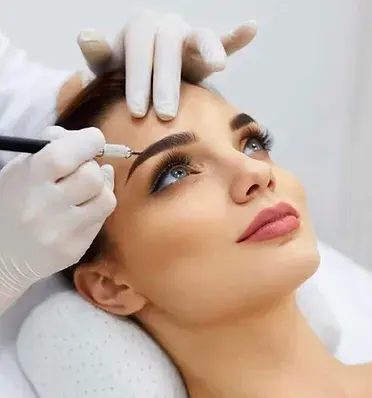The Importance of Biosafety in Micropigmentation and Medical Tattoo Treatments
- Melissa Medeiros
- May 20
- 1 min read

Biosafety is one of the essential pillars in the execution of any aesthetic procedure, ensuring appropriate safety conditions for both the client and the professional. In the context of dermopigmentation, it is crucial that all instruments used are either properly sterilized, disposable, or, in the case of reusable items, adequately protected with waterproof barriers.
The priority should always be to use disposable materials whenever possible. When this is not feasible, instruments must be thoroughly sterilized. If sterilization is not an option, protecting them with impermeable plastic film serves as an important alternative to minimize the risk of contamination.
Furthermore, all materials and instruments must be arranged in a clean and protected area to prevent cross-contamination. This ensures that all items used during the procedure remain isolated from potential sources of contamination and do not pose a risk to the work environment.
During the procedure, it is imperative that the professional wears disposable gloves. These gloves must be discarded during each break, and a new pair must be used when resuming work to maintain proper hygiene standards.
After the procedure, all disposable materials must be immediately and safely discarded. Reusable instruments should be separated and sent for autoclave sterilization. Used blades, needles, and cartridges must be disposed of in dedicated sharps containers to eliminate the risk of injury or contamination.
These precautions are vital to maintaining biosafety in both the clinic and the work environment, thereby protecting the health of professionals and clients alike. High-quality service begins with the rigorous application of biosafety protocols.




Comments